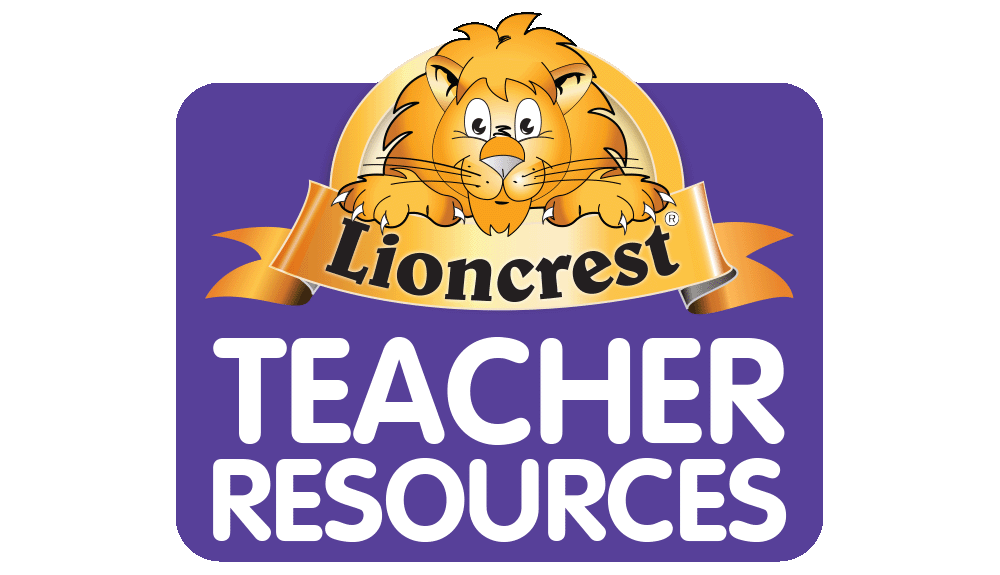What are decodable books?
Early – Middle Years • Levelled • Years F/K-6 [Y1-7]

Decodable | Phonics | Synthetic phonics
Decodables, also known as phonics books or beginning readers, are materials used to teach young students how to read by helping them learn the relationship between letters and sounds. The benefits of teaching decodables to students include:
- Building phonemic awareness: Decodables help students understand the sounds that make up words, which is an important skill for reading.
- Improving decoding skills: By learning the sounds of letters and letter combinations, students can more easily decode unfamiliar words.
- Enhancing vocabulary: Decodables often introduce new words and concepts to students, expanding their vocabulary.
- Building confidence: As students become more proficient at reading, they gain confidence in their abilities, which can lead to a love of reading and a desire to read more challenging texts.
- Preparing for more advanced reading: Decodables provide a strong foundation for more advanced reading and writing skills.
Decodable books support students to learn to read by ‘decoding’ words: sounding out and blending the sounds to read the word. They are a tool for application, practice and consolidation of phonics knowledge and skills.
Phonics is a way of teaching children how to read and write. It helps children hear, identify and use different sounds that distinguish one word from another in the English language.
Synthetic phonics is a method of teaching English reading which first teaches the letter sounds and then builds up to blending these sounds together to achieve full pronunciation of whole words
Synthetic phonics is a way of teaching reading that focuses on the link between letters and sounds. Phonics involves students learning to say and identify the sounds (phonemes) of the English language and learning the letters and combinations of letters (graphemes) that represent those sounds in written text.
Synthetic phonics teaches students:
• the phonemes (or spoken sounds) of the English language
• graphemes (or written letter/s) to represent the phonemes, in a systematic and cumulative order
• how to blend the phonemes in the written word to read the word
• how to segment the phonemes in a spoken word to spell the word.
SS_phonics_diag Lioncrest Education – What are decodable books
KEY TERMS
Phoneme The smallest units of sound that we can hear or say in words (they are mostly one mouth movement). A phoneme can be represented in multiple ways – by single letters or by groups of two, three or four letters. There are 44 phonemes in the English language. They are usually denoted using forward slash marks (e.g. the phoneme /a/ as in ‘a-nnn-t, ant’). Students must initially learn to say and identify these sounds in spoken words.
Grapheme A letter or group of letters that represent a phoneme in written text. We read and write graphemes. Some phonemes are represented by several graphemes (e.g. /ai/ as in aim, day, game, apron, break). The same grapheme can make a different sound (an alternative pronunciation).
Blending The process of reading words by saying individual phonemes together until you can hear the word you are reading (e.g. ‘b-lll-e-nnn-d, blend’).
Segmenting The process of spelling words by hearing individual phonemes in a spoken word and attributing a grapheme to each of those phonemes to spell the word (e.g. ‘cat, c-a-t’).
PACK 1
PHASES 2-3 • 23 TITLES
A selection of Fiction & Non-Fiction titles.
Foundation – Year 1 [Y1-2].
PACK 2
PHASES 4-5 • 22 TITLES
A selection of Fiction & Non-Fiction titles.
Years 1-2 [Y2-3].
PACK 3
PHASES 5-6 • 22 TITLES
A selection of Fiction & Non-Fiction titles.
Years 2-3 [Y3-4].
PACK 4
PHASE 6 • 21 TITLES
A selection of Fiction & Non-Fiction titles.
Years 3-4 [Y4-5].




